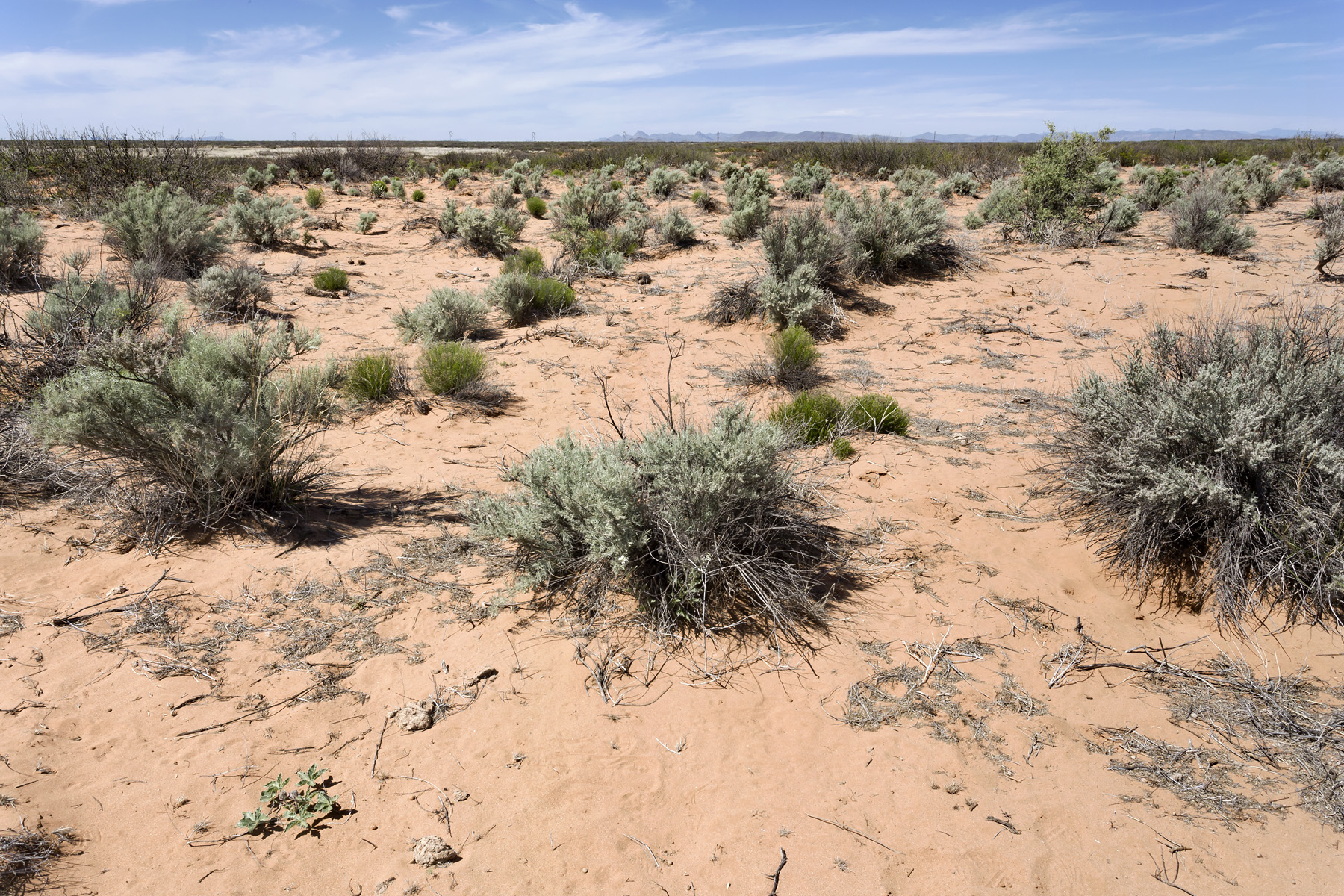Hi, I’m really sorry about the late post – it’s been a busy couple weeks here in the Mojave. As the temperatures gradually grow, we try to accomplish as much as possible in the field. Actually, the weather have treated us, as well as the plants and wildlife, with some nice spring showers recently. And I must say that for me, after being here for a couple months, a rain is quite an unusual phenomenon. We usually spend a lot of time in the field and personally I always have this mix of feelings when I see rain clouds above us. It’s great of course for the environment but definitely affects our work pace and how much we can do being out in the field. Speaking of the environment, here in the Mojave, most of the annuals, and of course some perennials either, have passed their flowering period and now work hard on ripening their fruits and seeds in these pretty unfavorable conditions. But some still bear some reproductive parts, which is great. We actually were able to nicely recognize some of the local Chollas and the place we were at up in Arizona Strip was kind of rich in that prospective – Cylindropuntia achanthicarpa, Opuntia basillaris, O. engelmanii, O. erinaceae. So it was really nice to see the diversity in colour and shape of those unusual plants.
Apart from the plants, I do also discover new species of birds to me. It is truly nice to hear and observe wildlife in the Mojave, as it is rather unique and always surprising in these sparse ecosystems. This past week we also got to work on a relatively new project for us – we were surveying after fire revegetation experimental plots in northwestern Arizona. Not only it was a project we haven’t worked on yet, but the area and plants were also somewhat different. So the week turned out to be quite long but full of impressions, provided a good insight into the subject, and of course a very positive and useful experience. Well, I look forward to looking for more native perennials on the plots and hopefully less invasive species. Until next time!
Andrii
USGS, Henderson































